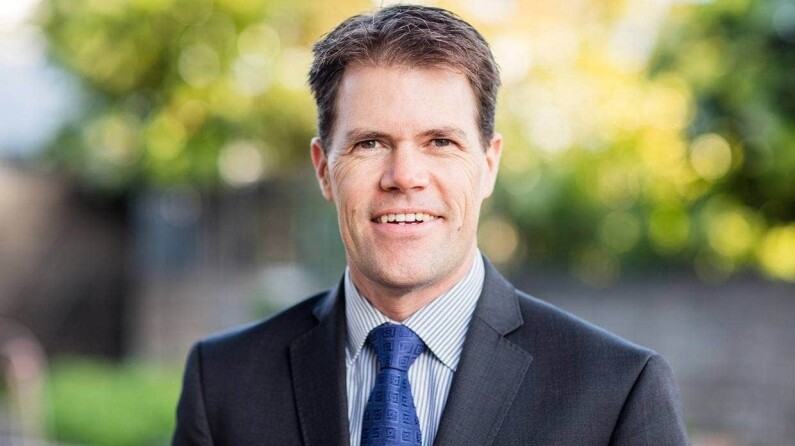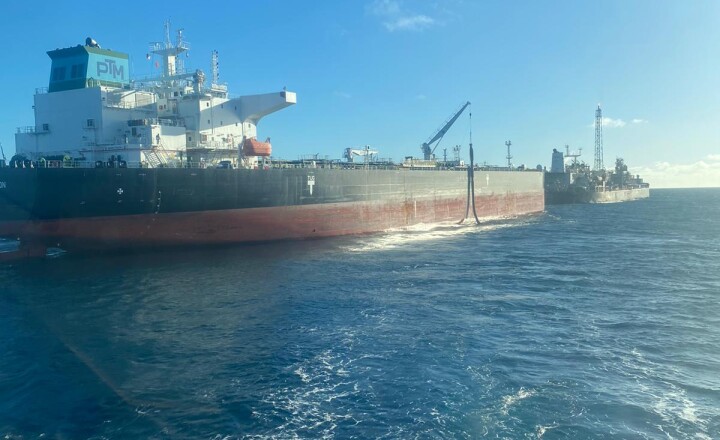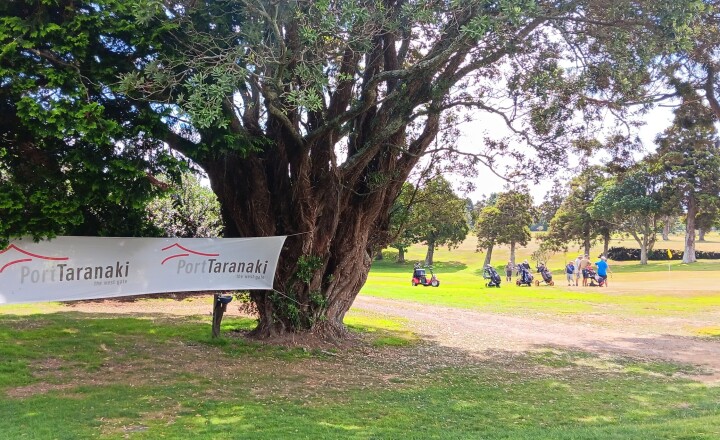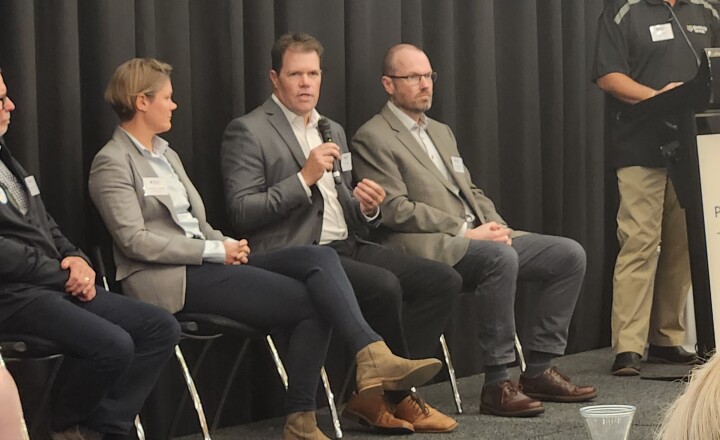
By Simon Craddock
Port Taranaki chief executive
Long regarded as New Zealand’s premier energy province, Taranaki also has the opportunity to become New Zealand’s premier renewable energy province.
With the South Taranaki Bight having some of the best offshore wind resources in the world, offshore wind energy production developers are ready to invest in Aotearoa in support of our decarbonisation goals.
It’s an opportunity that New Zealand should not miss. If, as a nation, we are to be net-zero by 2050, offshore wind production is likely to be a key – it’s one of the few renewable power sources that can be delivered at gigawatt scale.
It’s also hugely important for our region. For decades, Taranaki has provided billions of dollars in export earnings for successive governments from fossil fuel energy production, and a large community of engineering, fabrication, and specialist services has developed in support of the industry.
Now, offshore wind offers the opportunity to secure continued future economic stability for our region, an important source of renewable energy for our country, and a just transition away from non-renewable energy. We have decades worth of energy-related skills, knowledge, experience and infrastructure that must be retained and utilised.
A key part of the story is our port.
Experience from around the world shows that nothing happens in offshore wind energy production without suitable ports, and as the only deep-water commercial port on the country’s west coast and the closest to the site of at least three proposed offshore wind farms – two in the South Taranaki Bight and one off the Waikato coast – Port Taranaki is expected to play a key supporting role.
Earlier this year, we undertook a joint study with developers Taranaki Offshore Partnership (a joint venture of Copenhagen Infrastructure Partners and NZ Super Fund) and BlueFloat Energy-Elemental Group partnership, into the port’s capability to support the development of an offshore wind energy production industry.
The study found that Port Taranaki is well positioned to be a marshalling port – for the arrival of componentry, laydown and storage, the assembly of componentry, and loadout to the project site – with some, possibly significant, upgrades to port infrastructure needed.
Possible upgrades include levelling and surfacing areas for storage, strengthening wharves to accommodate heavy turbine components, and reclaiming land to enable more area for berthside laydown, assembly and loadout of components. Preliminary costings estimate upgrades could range from US$100 million to US$300 million.
The various options will be the subject of further work and consultation to understand the potential impacts of each, such as cultural and environmental impacts, and the impacts on our business-as-usual operations and our customers. Early engagement with iwi and hapū is a priority, and these matters will be studied further before any preferred configuration is chosen.
With developers targeting the delivery of projects in the 2030s, and major port infrastructure projects taking, on average, 10 years to plan, consent, and construct, urgency is required as we are already on the critical path to deliver the necessary port infrastructure.
Delaying the planning three to five years will mean New Zealand may not be able to support offshore wind until the late 2030s, and risks developers looking elsewhere to establish their projects.
Whichever Government we have come October 14, it must move quickly to ensure the regulatory settings and support are in place for developers to begin their offshore planning and for our port to undertake early-stage planning – port engineering assessments, consenting requirements, design planning and draft drawings.
This, coupled with a fit-for-purpose, coherent and coordinated energy strategy, that takes in all aspects of energy production in New Zealand and includes a plan for how offshore wind energy will be incorporated into the electricity system, is paramount.
While the offshore wind industry is ultimately expected to contribute to the cost of infrastructure upgrades, no single developer can be expected to fund the material costs prior to permits being awarded.
Once the regulatory framework is in place and commercial permits are issued, developers and the port will be in a position to reach commercial agreements for development, but until then, assistance from the Government is required.
By committing to early-stage planning of port upgrades and progressing potential development options, our Government will be sending a clear signal that it is serious about investigating offshore wind as a key renewable energy source, and helping provide a just transition for Taranaki.


